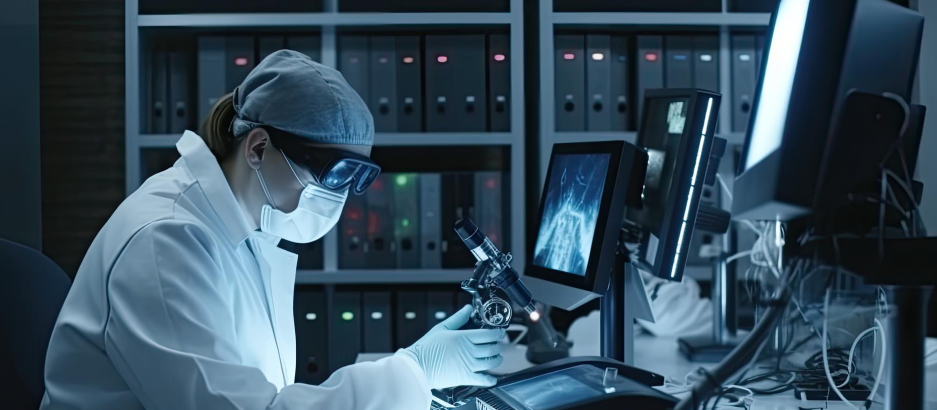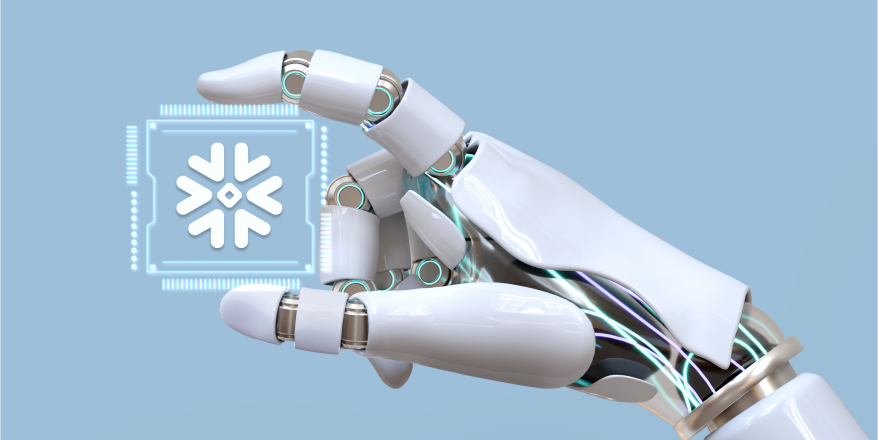
The role of forensic analysis in the complex realm of criminal investigations has changed drastically as a result of technological improvements. Forensic analysis has come a long way from its early days. With the integration of technology, forensic analysis has transformed into a sophisticated science.
The quest for faster and more reliable findings has fueled the advancement of forensic technology. Advancements in DNA analysis, digital forensics, and analytical tools have propelled investigations into a new era.
The Landscape of Forensic Technology
In the contemporary landscape of forensic technology, a myriad of advancements take center stage. DNA profiling remains a cornerstone, revolutionizing identification accuracy. Additionally, digital forensics, employing cutting-edge software and techniques, dissects digital footprints to uncover evidence crucial for modern investigations. The rise of analytical tools utilizing machine learning and AI further augments forensic capabilities.
Impact of Technology on Investigations
In the realm of forensic analysis, technology has not merely facilitated investigations; it has redefined them. The impact of these advancements is profound, influencing the speed, accuracy, and depth of forensic processes.
Advanced DNA analysis techniques, often leveraging polymerase chain reaction (PCR) and next-generation sequencing (NGS), enable investigators to extract more information from biological samples. Digital forensics, another cornerstone of technological advancements, allows investigators to scrutinize electronic devices for evidence. From retrieving deleted files to uncovering digital footprints, the insights gained from digital forensics have proven invaluable in cases involving cybercrime, fraud, and other digital offenses.
As we navigate the impact of technology on investigations, it’s crucial to recognize that these tools not only accelerate processes but also enhance the reliability of results. The integration of advanced analytics and machine learning in forensic analysis aids investigators in interpreting complex datasets, identifying patterns, and making informed decisions.
Role of NutaNXT’s Forensic Solutions
NutaNXT has emerged as a key player in advancing forensic solutions. Our commitment to precision and innovation is reflected in the tools they provide to forensic investigators.
NutaNXT’s technologies seamlessly integrate into forensic workflows, enhancing the capabilities of investigators. Advanced analytical tools aid in the interpretation of complex data, ensuring that forensic professionals can derive meaningful insights from intricate datasets.
Real-World Applications
The true measure of technology’s impact lies in its real-world applications. Let’s imagine a scenario where cybercrime left a digital trail that traditional investigative methods struggled to unravel. NutaNXT’s advanced digital forensics tools, equipped with powerful algorithms, were employed to reconstruct the sequence of events. The result? A comprehensive understanding of cyberattacks leads to the identification and apprehension of the perpetrator.

In another instance, where a complex DNA mixture baffled investigators, NutaNXT’s DNA analysis tools proved instrumental. The technology’s precision in separating and analyzing individual DNA profiles within mixtures provided a breakthrough in understanding the genetic evidence.
These real-world applications underscore the practical significance of technological advancements in forensic analysis. NutaNXT’s contributions stand out as a testament to the transformative power of innovative solutions in navigating the complexities of modern investigations.
Overcoming Challenges
While the integration of technology in forensic analysis has brought about transformative advancements, it hasn’t been without its challenges. Understanding and addressing these challenges is pivotal for the continued success of forensic investigations in the tech-driven era.
One of the primary challenges is data privacy. As forensic technologies become more sophisticated, the amount of personal data involved in investigations increases. Striking a balance between leveraging technology for investigative purposes and protecting individuals’ privacy is a delicate task that forensic professionals must navigate.
NutaNXT, in its commitment to ethical and responsible technology use, addresses these challenges head-on. Our solutions prioritize data security and privacy, ensuring that the benefits of technology in forensic analysis are achieved without compromising ethical standards.
Future Trends in Forensic Analysis
Artificial intelligence (AI) and machine learning (ML) are anticipated to play increasingly significant roles in forensic investigations. AI and ML can revolutionize pattern recognition, data interpretation, and decision-making in forensic analysis. These technologies have the potential to automate certain aspects of investigations, freeing up time for forensic professionals to focus on more complex tasks that require human expertise.
NutaNXT remains at the forefront of these future trends, investing in research and development to integrate AI and ML into our forensic solutions subtly. This ensures that our tools not only meet current investigative needs but also remain adaptive to the evolving technological landscape.
Conclusion
The integration of technology into forensic analysis has propelled investigations into a new era of efficiency and precision. From advanced DNA analysis to cutting-edge digital forensics, the impact of technology is evident in every facet of forensic investigations. NutaNXT’s commitment to ethical and responsible technology use positions them as leaders in the field, addressing challenges and embracing future trends.
As we continue to untangle the intricate threads of technology woven into the fabric of forensic investigations, it becomes clear that the future holds even greater potential. The challenges are growth opportunities, and the trends are pathways to enhanced efficiency and effectiveness.
